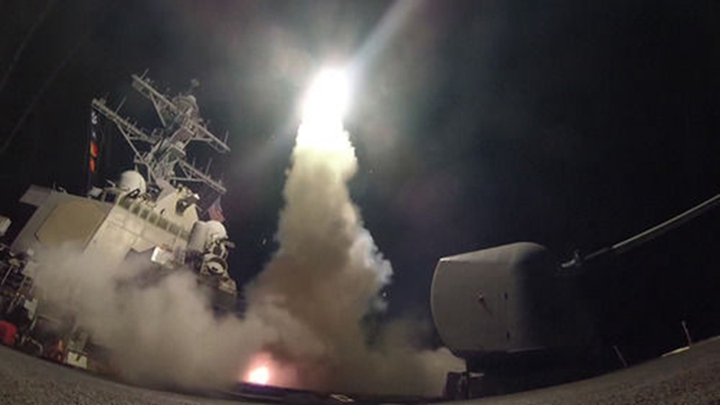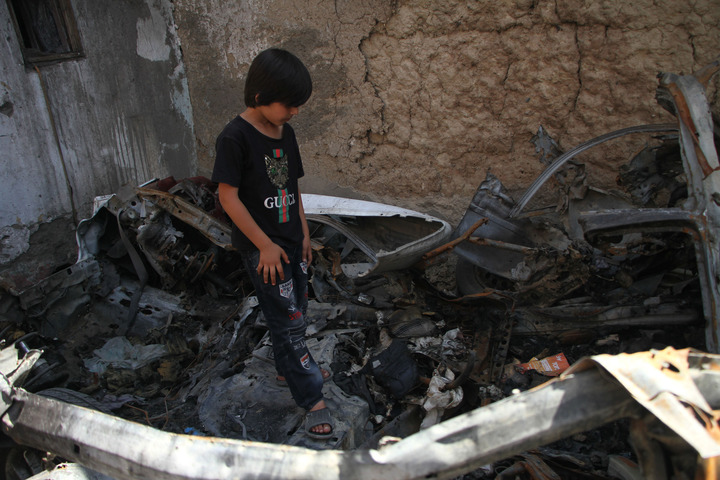At about 16: 30 on June 8, 2019, during the construction of the coal shed project of 5 million tons/year coal coking comprehensive utilization project of Jianyuan Coal Coking Co., Ltd. in Otog Banner, Ordos City, some steel structures collapsed, resulting in three deaths and one injury, with a direct economic loss of 5,432,680 yuan.
After the accident, Lin Shaochun, Deputy Secretary of the Party Committee of the Autonomous Region, Secretary of the Political and Legal Committee, Niu Junyan, Secretary of the Ordos Municipal Committee, Mayor Siqin Bi Lige, Deputy Secretary of the Municipal Party Committee Yu Xinfang, Standing Committee of the Municipal Party Committee, Vice Mayor Jin Wu and Vice Mayor Li Wenzhong made important instructions respectively, demanding that the hospital coordinate its efforts to treat the injured, do a good job in appeasing the families of the deceased and deal with the aftermath, organize relevant parties to seriously investigate the cause of the accident, draw inferences from others, and quickly carry out hidden dangers investigation to minimize the occurrence of various accidents.
On June 9, the Autonomous Region Work Safety Committee decided to supervise the investigation and handling of the accident, and on September 16, issued an audit opinion on the accident investigation report, agreeing in principle to the accident investigation team’s analysis of the cause and identification of the nature of the accident, suggestions on the handling of relevant responsible units and persons, and the proposed accident prevention and rectification measures.
According to "People’s Republic of China (PRC) Law on Work Safety", "Regulations on Reporting, Investigation and Handling of Work Safety Accidents" and other relevant national laws and regulations, on June 9, Ordos Municipal People’s Government established the Coal Shed Project "6" The accident investigation team hired five experts from structural engineering, building construction, civil engineering and disaster prevention and mitigation engineering to participate in the accident investigation.
In accordance with the principles of "four no-misses" and "scientific rigor, compliance with laws and regulations, seeking truth from facts and paying attention to practical results", the accident investigation team asked the parties to find out the course and cause of the accident, identified the nature and responsibility of the accident, and put forward suggestions on handling the relevant responsible units and personnel and suggestions on accident prevention and rectification measures. The relevant situation is now reported as follows:
I. Basic information of the accident
(a) the basic situation of the accident related units
1. Project overview
The 5,000,000-ton/year comprehensive utilization project of coal coking of Etuoke Banner Jianyuan Coal Coking Co., Ltd. is located in Etuoke Economic Development Zone (the project will be built by stages, with the first phase of 2,800,000 tons/year). The construction scale is 2,800,000 tons of tamping coke per year, and the project covers an area of 61.23 square kilometers, with a building area of 194,961.07 square meters, with a total investment of 1,982,328,400 yuan. The main construction contents include: coal preparation device, coking device (including coking process, coke quenching process and screen coke storage process), chemical product recovery device, utility device, auxiliary facilities and plant-wide system engineering. At present, the project has entered the later stage of installation and construction. The masonry work of coke oven A has been completed, the civil foundation construction of coke oven C is under way, the equipment installation of coal preparation yard and coal conveying belt is under way, and the company’s production preparation work has been basically completed. It is planned to put coke oven A into trial operation in October 2019. On January 24th, 2011, the project obtained the Notice of the Development and Reform Commission of the Autonomous Region on the Filing of the Comprehensive Utilization Project of 5 Million Tons/Year Coal Coking Co-production and 1 Million Tons/Year Chemicals of Etuokeqi Jianyuan Coal Coking Co., Ltd. (No.110 [2011] of Internal Development and Reform Energy), and agreed to put on record. On August 28, 2013, it obtained the Reply of the Development and Reform Commission of Inner Mongolia Autonomous Region on agreeing to change the construction content of the 5 million tons/year coal coking comprehensive utilization project of Etuokeqi Jianyuan Coal Coking Co., Ltd. (internal development and reform energy word [2013] No.1902).It is agreed to change it to 5 million tons/year coal coking, 250,000 tons/year coal tar hydrogenation and 300,000 tons/year LNG project. On November 13th, 2014, it obtained the Reply of Ordos Development and Reform Commission on agreeing to change the investment subject of the 5 million tons/year coal coking comprehensive utilization project of Etuokeqi Jianyuan Coal Coking Co., Ltd. (Efagai Energy Development [2014] No.451), agreed to the phased construction of the 5 million tons/year coal coking project, and agreed in principle to the hydrogenation of 250,000 tons/year coal tar to produce 300,000 tons/year LNG. On September 5, 2017, the "Opinions on the Review of Safety Conditions of Hazardous Chemicals Construction Projects" (E ‘e Safety Supervision and Dangerous Chemicals Project An Tiao Shen Zi [2017] No.18) was obtained. On March 2, 2018, he obtained the "Opinions on the Design Review of Safety Facilities for Hazardous Chemicals Construction Projects" (No.13 [2018] of E ‘anjian Dangerous Chemical Project).
The 10th bid section (coal shed project) of coal coking comprehensive utilization project/coking project of Jianyuan Coal Coking Company is a part of the 5 million tons/year coal coking comprehensive utilization project of Etuokeqi Jianyuan Coal Coking Co., Ltd., and its construction scale consists of main structure, enclosure structure and auxiliary structure. The main structure is a grid structure with bolted ball joints, and the grid structure is a quadrangular pyramid grid structure with three consecutive grids evacuated. The closed enclosure structure is composed of purlins, single-layer profiled steel plates and lighting belts, and the access facilities (roads) are overhauled. The projected area of the building is 79,580 square meters, and profiled steel plates are used for the roof and walls. This grid has a span of 78m+95m, a longitudinal length of 460m, a bearing bottom elevation of 3.4m and a maximum elevation of 37.78m.. In December 2015, the Environmental Protection Bureau of Otog Banner issued an environmental assessment reply, requesting the construction of a fully enclosed coal storage shed. In August 2018, the construction unit Inner Mongolia Jianyuan Coal Coking Co., Ltd. contracted the fully enclosed coal storage shed to Jiangsu Xinpeng Construction Technology Co., Ltd. for design and construction, which was supervised by Beijing Zhonghuan Project Management Co., Ltd. and managed by Taiyuan Zhongyun Engineering Project Management Co., Ltd. The fully enclosed coal storage shed began civil construction in August 2018, and the installation of steel grid began in April 2019.
2. The construction unit
Etuoke Banner Jianyuan Coal Coking Co., Ltd. (hereinafter referred to as "Jianyuan Company") is located in the south of National Highway 109, Qipanjing Town, Etuoke Banner, Inner Mongolia Autonomous Region, and was established on November 2, 2005. The company type is limited liability company, the legal representative is Ren Baoyuan, the actual controller is Fan Sanwei, and the registered capital of the company is 370 million yuan. Business scope: production and sales of coke oven gas, non-aromatic hydrocarbons, sulfur, heavy benzene, toluene, coal tar, benzene, xylene isomer mixture and liquefied natural gas; Coke production and sales; Sales of steel, pig iron, coal mine machinery and equipment and accessories; Sales of electrolytic aluminum and high purity aluminum. The company has 2300 employees. The unified social credit code of the Business License is 9115069377948831X8, which is valid until February 26th, 2046. The number of the obtained Safety Production License is (Mongolia) WH Anxu Zhengzi [2019] No.000906, and it is valid until April 25, 2022.
In 2014, Jianyuan Company started the comprehensive utilization project of coal coking with an annual output of 5 million tons/year, and established the construction project department of 5 million tons/year comprehensive utilization of coal coking of Jianyuan Company, with Ren Baoyuan as the project chief commander and fully responsible for the management of coking projects. Gao Wengang is the director of project engineering management department, responsible for the daily management of coking project construction. Yang Jianbo is the director of the project safety and environmental protection department, responsible for the safety management of coking projects.
3. Project management unit
Taiyuan Zhongyun Engineering Project Management Co., Ltd. (hereinafter referred to as "Zhongyun Company") is located in Room 301-A, No.20 Technology Road, Taiyuan Xuefu Park, Shanxi Comprehensive Reform Demonstration Zone. It was established in April 2012 as a limited liability company with Cui Changqing as the legal representative. The registered capital of the company is 5 million yuan. The company’s business scope is: chemical engineering project management, chemical engineering design, technology development, technology transfer, technical consulting services and chemical industry. The unified social credit code of the Business License is 911401005953120964, which is valid until April 19, 2032.
Zhongyun Company has established Jianyuan Coking Project Management Department, which is responsible for project approval and review, technology, design, construction, quality and HSE. The project construction manager is Song Ning (without safety management qualification), who is responsible for the on-site management of the project.
4. Design and construction unit
Jiangsu Xinpeng Construction Technology Co., Ltd. (hereinafter referred to as "Xinpeng Company") is located at No.9 Jianshe Road, Liuxin Town, tongshan district City, Xuzhou City. It was established in July 2002. The company is a limited liability company with the legal representative and general manager Zhang Huahai. The registered capital of the company is 106 million yuan, and there are more than 200 employees, including 80 special operators. The company’s business scope is steel structure engineering, foundation and foundation engineering construction, steel structure and steel structure. The unified social credit code of the business license is 91320312MA1PC397X7. The Safety Production License (No.:(Su) JZ Anxu Zhengzi [2017] 901914) has been obtained and is valid until December 7, 2020. Has obtained the "Construction Enterprise Qualification Certificate"No. D132112545, valid until January 25, 2021, and the qualification category and level are Grade I for steel structure engineering professional contracting. The special Grade A qualification for light steel structure engineering design has been obtained, and the number is A132048152-6/4, which is valid until March 17th, 2020.
Xinpeng Company has a coal coking comprehensive utilization project of Jianyuan Coal Coking Company/coal shed construction project department of the 10th bid section of coking project, which is responsible for the construction management of the project. The project manager is Li Hongbo, the technical director is Zhang Shengguo and the full-time security officer is Chen Tao. Upon verification, Li Hongbo, Zhang Shengguo and Chen Tao all failed to perform their duties in the project. The actual person in charge of the project was Gao Champion, the business manager (without relevant qualification), and the person in charge of the site was Yajun Gao (without relevant qualification). Yajun Gao hired individual Wang Jun and Liu Wanliang to organize labor workers to carry out the construction and installation of the coal shed project.
5. Supervision unit
Beijing zhonghuan engineering project management co., ltd. (hereinafter referred to as "zhonghuan company") is located in Room 902, Floor 9, Building B, Building 1, Courtyard 19, Ronghua Middle Road, Beijing Economic and Technological Development Zone. It was established in July 2002. The company type is limited liability company, the legal representative is Fang Xianxin, and the registered capital of the company is 50.58 million yuan. The business scope is entrusted to engage in project management, engineering consulting (excluding intermediary services), engineering supervision, bidding agency, engineering design, technology development, technology transfer, organization of personnel training, etc. The unified social credit code of the Business License is 911103027415717917, which is valid until July 22, 2032. The Engineering Supervision Qualification CertificateNo. E111000921 has been obtained, and it is valid until August 26, 2019. The qualification grade is Grade A for housing construction engineering supervision and Grade A for chemical and petroleum engineering supervision.
Zhonghuan Company has established Beijing Zhonghuan Engineering Project Management Company Taiyuan Branch (hereinafter referred to as Zhonghua Company Taiyuan Branch) on March 26th, 2009. The company type is limited liability company branch. The address of the company is 301-B, Science and Technology Building, No.20 Technology Road, Xuefu Park, Shanxi Comprehensive Reform Demonstration Zone. The person in charge is Wu Jianjun (concurrently deputy general manager of Zhonghuan Company). Its business scope is entrusted to engage in project management: engineering consulting (excluding intermediary services). Information consulting (excluding intermediary services), contracting overseas chemical, petrochemical and pharmaceutical engineering survey, consulting, design and supervision projects. The unified social credit code of the Business License is 911401006880575817, which is valid until July 22, 2022.
The supervision department of Jianyuan Coal Coking Comprehensive Utilization Project under the Taiyuan Branch of Zhonghuan Company is fully responsible for the supervision of the project. Wang Yuxi was appointed as the project director, Li Jikuan (without relevant qualification) as the representative of the director, Bai Yongqiang (without relevant qualification) as the installation supervisor and Mi Xiaoliang (without relevant qualification) as the safety supervisor. After verification, the company did not appoint Wang Yuxi, the director, to perform his duties in the project, and Li Jikuan, the representative of the director, was responsible for the on-site supervision.
(2) The signing of the project contract
1. Construction contract. On August 6th, 2018, Jianyuan Company and Xinpeng Company signed the construction contract of the 10th bid section (coal shed project) of the coal coking comprehensive utilization project/coking project of Jianyuan Coal Coking Company (contract number: 14009-01000-CON-03-TD), and the contracting scope: coal shed design, construction engineering, electricity, water supply and drainage (including fire fighting), and so on.
2. Supervision contract. In October 2016, Jianyuan Company and Zhonghuan Company signed a contract for entrusted supervision of construction projects (No.:ZEP-16025-D01), and in December 2018, Jianyuan Company and Zhonghuan Company signed a supplementary agreement for entrusted supervision of construction projects (No.:ZEP-16025-D03), entrusting Zhonghuan Company to carry out project supervision.
3. Other contracts. On September 20th, 2016, Jianyuan Company signed a construction management and design contract with Taiyuan Zhongyun Company (No.:ZY-14009-B01), and on June 1st, 2018, it was signed a supplementary agreement II to the project management and design contract (No.:ZY-14009-B01-02), specifying that Zhongyun Company and Jianyuan Company jointly set up a project department to manage the construction project.
(three) the scene of the accident.
The accident site (coal shed steel frame construction site) is located in the southwest corner of the factory, with a length of 460 meters from east to west and a width of 95 meters from north to south. The coal shed was constructed from both east and west sides at the same time, and the accident site was the west construction site. After on-site inspection by the expert group, the F axis of the reticulated shell (the 6th axis inward from the Xishan wall) fell down and west about a quarter span, and the support of the reticulated shell was separated from the concrete foundation.
(four) the situation of the departments responsible for the supervision of production safety.
1. The Housing and Urban-Rural Planning and Construction Bureau of Otog Banner (hereinafter referred to as "the Bureau of Housing and Urban-Rural Development") is responsible for the supervision and management of production safety of the whole banner construction projects (except for professional construction projects as stipulated by national laws and regulations such as railways, transportation, water conservancy, civil aviation, electric power and communications), and is responsible for guiding the construction safety supervision during the construction of construction projects.
2. The Planning and Construction Bureau of the Management Committee of Etuoke Economic Development Zone (hereinafter referred to as the "Management Committee Construction Bureau") is responsible for the examination and control of safety-related matters in the region according to regulations, and undertakes corresponding management responsibilities, and coordinates with the Banner Housing and Construction Bureau to conduct safety supervision on construction projects in the region.
3. Otog Banner Urban Management Comprehensive Law Enforcement Bureau (hereinafter referred to as "Banner Urban Management Law Enforcement Bureau") centrally exercises all administrative punishment rights stipulated by laws, regulations and rules in the field of housing and urban and rural construction. On May 6, 2019, the people’s government of Otog Banner held an office meeting of the banner commander, which made it clear that the Banner Housing and Construction Bureau would hand over the relevant evidence to the Banner Urban Management Law Enforcement Bureau on the basis of finding out the illegal facts, and the Banner Urban Management Law Enforcement Bureau would exercise the right of administrative punishment.
4. The Administrative Committee of Etuoke Economic Development Zone (hereinafter referred to as the "Administrative Committee of the Development Zone") is responsible for the supervision and administration of production safety in various industries within its jurisdiction.
Second, the accident, emergency rescue and aftermath.
(1) The course of the accident
On May 15th, 2019, Yajun Gao, the on-site director of the project department of Xinpeng Company, hired an individual Wang Jun to organize labor workers to symmetrically install the steel structure grid from the A-axis gable in Area 1. At about 14: 00 on June 8, Wang Jun organized 20 people, including Huang Qingxiang, Huang Shenyang, Hou Dongdong, Liu Zunling, Zhang Dongzhi and Wang Huaibao, to construct and install the steel grid structure on the E axis of the construction site in four installation groups. Wang Jun is responsible for site construction management. Huang Qingxiang, Huang Shenyang, Hou Dongdong and Liu Zunling are a group to install the grid structure at the southwest corner (axis E-F and axis 11) about 12 meters above the ground. Zhang Dongzhi is responsible for hanging the assembled steel members on the crane hook, and Wang Huaibao operates the crane to hoist the steel members to the upper operators. At about 16: 30, the grid in this area suddenly collapsed, and four people working on the grid, Huang Qingxiang, Huang Shenyang, Hou Dongdong and Liu Zunling, fell to the ground with the grid members.
(2) accident report
After the accident, at 16: 37 on June 8, Wang Jun, the person in charge of the on-site construction of the project department of Xinpeng Company, called 110 to call the police; At 17: 00, the Otog Banner Public Security Bureau informed the Administrative Committee of Otog Economic Development Zone after receiving the police; At 17: 39, the Otog Banner Public Security Bureau reported the accident to the Otog Banner People’s Government; At 19: 33, the People’s Government of Otog Banner instructed the Emergency Management Bureau of Otog Banner to report the accident to the Emergency Management Bureau of Ordos City; At 20: 30, the Ordos City Emergency Management Bureau submitted the accident situation to the Ordos Municipal Party Committee and the Autonomous Region Emergency Management Department; At 6: 20 on June 9, the Emergency Management Bureau of Otog Banner submitted the accident continuation report to the Emergency Management Bureau of Ordos City; At 6: 32, the Emergency Management Bureau of Ordos City submitted the accident continuation report to the Ordos Municipal Party Committee, the municipal government and the emergency management department of the autonomous region.
(three) emergency rescue and on-site disposal
At 16: 37, the second police station of Qipanjing Town, Otog Banner Public Security Bureau, after receiving the 110 instructions, quickly dispatched police and arrived at the scene of the accident at 16: 43. Measures such as evacuating the surrounding personnel and delineating the warning area were taken to protect the trace material evidence at the scene of the accident, prevent the occurrence of secondary accidents, and at the same time control the relevant personnel of the accident enterprise. The 120 Emergency Center of the Second People’s Hospital of Otog Banner received an emergency call at 16: 47, and dispatched two ambulances respectively. They arrived at the scene of the accident at 16: 58 to carry out rescue work. After on-site inspection by medical staff, Huang Qingxiang and Hou Dongdong had no vital signs, and then the injured Liu Zunling and Huang Shenyang were sent to the Second People’s Hospital of Otog Banner for treatment. After following the doctor’s advice, they were transferred to the First People’s Hospital of Shizuishan City, Ningxia for treatment. At 0: 20 on June 9, Huang Shenyang died after being rescued, and Liu Zunling suffered a fracture of her calf and waist. After the operation, the injury was stable.
(four) the aftermath of the situation
After the accident, the Etuoke Banner Committee and the Banner Government quickly launched the emergency rescue plan, and organized and coordinated public security, hospitals, emergency management, housing construction and other forces to carry out emergency response. At the same time, immediately set up an accident aftermath disposal team, immediately contacted the families of the dead and wounded, adopted a "one-on-one" working method, urged the accident enterprises to dock with the families of the dead and wounded, calmed the families’ emotions, negotiated compensation matters, and properly handled the aftermath and compensation matters of the three dead. One injured person is currently being treated in the First People’s Hospital of Shizuishan City, and the injury is stable. No secondary accidents occurred in the emergency handling of accidents.
Three, the accident caused casualties and direct economic losses.
Three people were killed and one injured in the accident, resulting in a direct economic loss of 5,432,600 yuan.
Casualties:
IV. Cause analysis and nature identification of the accident
(A) the direct cause
The reticulated shell is a quadrangular pyramid reticulated shell with three consecutive lattices evacuated along the arch direction. Without adding temporary support tower columns, it was illegally installed and constructed by high-altitude cantilever bulk method, which led to the sudden collapse of the steel structure grid due to insufficient strength support, and the construction workers fell from a height.
(2) Indirect causes
1. Wang Jun, an employee employed by the project department of Xinpeng Company, illegally directs the construction. Wang Jun organized labor workers who did not have the qualification for climbing special operations to violate the rules and regulations according to the construction technical standards and special construction plans, but by experience and habit.
2. The site construction management of the project department of Xinpeng Company is chaotic. Hire labor operators without special operation qualification to carry out installation and construction; Failing to sign a labor contract with the labor service workers as required; Failing to compile legal and effective construction drawings; Failing to organize the construction according to the Special Construction Plan; Before the construction and installation, the construction simulation calculation was not carried out; In the process of construction and installation, there is no effective monitoring and control of the construction process; Failing to organize safety training and education and safety technical disclosure for construction workers; The investigation of hidden dangers is a mere formality, and the construction personnel’s illegal operation has not been urged to rectify.
3. Xinpeng Company has poor management of the project department. The appointed project manager, technical director and safety management personnel didn’t arrive at their posts to perform their duties, and actually appointed Gao Champion and Yajun Gao without corresponding professional qualifications to be responsible for the management of the construction project department; Failing to establish and improve the safety production responsibility system, safety production rules and regulations and operating procedures; Not equipped with full-time safety management personnel and technical personnel; Inadequate supervision and inspection of the safety production work of the project department, failure to find and correct the outstanding problems of safety hazards such as not organizing the construction according to the special construction plan in time.
4. The on-site supervision work of the project supervision department of Zhonghuan Company was seriously dereliction of duty. Failing to urge the construction unit to take effective measures to strengthen on-site safety management; On-site inspection was ineffective, and outstanding problems such as not organizing construction according to special construction plan, project manager, technical director and safety management personnel not performing their duties at their posts were not effectively supervised and urged to rectify.
5. Zhonghuan Company failed to supervise and manage the project supervision department. The project director was not appointed to perform his duties, and the appointed director’s representative and supervisor did not have the corresponding qualification to supervise the construction project, and did not find and correct the serious dereliction of duty in on-site supervision.
6. The project management department of Zhongyun Company failed to perform its safety management duties. Assist the construction unit to coordinate and manage the safety production work of the contractor in a unified way, fail to establish and improve the safety production responsibility system and safety production rules and regulations, fail to organize safety training and safety inspection as required, and neglect the safety problems existing in the contractor.
7. Zhongyun Company failed to supervise and inspect the safety production work of the project management department, and appointed personnel without safety management qualifications to manage the construction project.
8. Jianyuan Company has seriously failed to implement the main responsibility of safety production. Failing to establish and improve the safety production responsibility system and safety production rules and regulations, coordinating and managing the safety production work of contractors in a unified way, failing to organize safety training and safety inspection according to regulations, and neglecting and managing the safety problems existing in contractors.
9. The Bureau of Housing and Urban-Rural Development failed to perform its duties of supervision and inspection seriously, and there were shortcomings in tracking the implementation of rectification, failing to grasp the rectification situation of problematic enterprises in time.
10. Banner Urban Management Law Enforcement Bureau did not make any administrative treatment or suggestion after receiving the letter of administrative treatment suggestion from relevant departments.
11. The Construction Bureau of the CMC did not seriously perform the duties of cooperating with the supervision and inspection, and there were still shortcomings in tracking and implementing the territorial management responsibilities.
12. The flag government and the Development Zone Management Committee failed to implement the territorial safety responsibilities, and urged and guided the relevant regulatory authorities to perform their duties.
(3) Nature of the accident
After investigation, it is found that the "6 8" steel structure collapse production safety accident of the coal shed project under construction in Etuoke Banner Jianyuan Coal Coking Co., Ltd. is a major production safety responsibility accident.
V. Suggestions on the handling of the responsible personnel and responsible units related to the accident
(1) Suggestions on handling the persons responsible for the accident
1. It is recommended to hand over the investigation and handling personnel of judicial organs (9 persons).
(1) Wang Jun, head of the labor service construction team of the project department of Xinpeng Company. Command the construction in violation of regulations, and organize the construction personnel who are not qualified for climbing special operations not to follow the construction technical standards and special construction plans, but to carry out the construction in violation of regulations by experience and habit. Directly responsible for the accident, it is recommended to hand it over to judicial organs for investigation and handling.
(2) Yajun Gao, on-site director of the project department of Xinpeng Company. Failing to obtain the corresponding qualification to conduct on-site management of construction projects according to law; Hire labor operators without special operation qualification to organize installation and construction; Failing to sign a labor contract with the labor service workers as required; Failing to compile legal and effective construction drawings; Failing to organize the construction according to the special construction plan; Improper construction and installation method, no temporary support tower column was added; Before the construction and installation, the construction simulation calculation was not carried out; In the process of construction and installation, there is no effective monitoring and control of the construction process; Failing to organize safety training and education and safety technical disclosure for construction workers; The investigation of hidden dangers is a mere formality, and the construction personnel’s illegal operation has not been urged to rectify. Responsible for the direct management of the accident, it is recommended to hand it over to judicial organs for investigation and handling.
(3) Gao Champion, head of the project department of Xinpeng Company (business manager). Failing to perform the safety management duties of the project leader according to law, and failing to organize the preparation of legal and effective construction drawings; Yajun Gao, who has no professional qualification, was appointed to be responsible for the site construction management of the coal shed project, which led to the confusion of safety management on the construction site and the illegal operation of workers. Responsible for the direct management of the accident, it is recommended to hand it over to judicial organs for investigation and handling.
(4) Zhang Huahai, legal representative and general manager of Xinpeng Company. Failing to perform the safety management duties of the main person in charge according to law, failing to supervise, inspect and guide the safety production work of the construction project department, failing to establish and improve the safety production responsibility system and safety production rules and regulations; Failing to appoint the project manager, technical director and safety management personnel to perform their duties as required, and appointing Gao Champion and Yajun Gao, who have no corresponding professional qualifications, to be responsible for the management of coal shed construction projects, resulting in chaotic safety management of the construction project department and workers’ illegal operations. It is recommended to hand it over to judicial organs for investigation and handling.
(5) Bai Yongqiang, installation supervisor of Zhonghuan Company. Failing to perform the duties of installation supervision, engaging in installation supervision without obtaining the qualification certificate of registered supervision engineer according to law, failing to inspect the construction unit according to the requirements of supervision and inspection, and failing to stop and correct the illegal operation in time. Responsible for the supervision of the accident, it is recommended to hand it over to the judicial organs for investigation and handling.
(6) Mi Xiaoliang, safety supervisor of Zhonghuan Company. Failing to perform safety supervision duties effectively, engaging in safety supervision work without obtaining the qualification certificate of registered supervision engineer according to law, failing to inspect the construction unit according to the requirements of supervision and inspection contents, and failing to stop and correct illegal operations in time. Responsible for the supervision of the accident, it is recommended to hand it over to the judicial organs for investigation and handling.
(7) Li Jikuan, representative of the director of Zhonghuan Company. Failing to perform supervision duties, engaging in engineering supervision without obtaining the qualification of supervision engineer according to law, organizing supervisors to supervise and inspect the safety problems existing in the construction unit, failing to stop and correct the illegal operation in time, and being responsible for the accident, it is suggested to hand it over to judicial organs for investigation and handling.
(8) Wu Jianjun, deputy general manager of Zhonghuan Company and general manager of Taiyuan Branch of Zhonghuan Company, failed to seriously perform the safety management duties of the main person in charge, failed to supervise and inspect the supervision work of the project supervision department under the company, failed to appoint the project director to perform his duties, and appointed the director’s representative and supervisor to supervise the construction site without relevant professional qualifications, resulting in serious dereliction of duty in the on-site supervision work. Take the main leadership responsibility for the accident and suggest handing it over to judicial organs for investigation and handling.
(9) Ren Baoyuan, legal representative of Jianyuan Company and commander-in-chief of coal coking construction project. Failing to seriously perform the safety management responsibilities of the main person in charge, and failing to establish and improve the responsibility system for production safety and the rules and regulations for production safety; Supervise and inspect the ineffective work of safety production in this unit, and neglect the safety problems existing in the contractor. He has the main leadership responsibility for the accident, and it is recommended to hand it over to judicial organs for investigation and handling.
2. It is recommended to give administrative punishment personnel (6 persons).
(1) Fang Xianxin, legal representative of Zhonghuan Company. Failing to seriously perform the safety management responsibilities of the main person in charge, and failing to supervise and inspect the supervision work of the project supervision department of the subordinate company, resulting in serious dereliction of duty in the on-site supervision work. His behavior violated the provisions of Article 18 of the Law on Work Safety in People’s Republic of China (PRC), and he was mainly responsible for the accident. According to the provisions of Item 2 of Article 92 of the Law on Work Safety in People’s Republic of China (PRC), it is suggested to impose an administrative penalty of 40% of the previous year’s income (RMB 128,000).
(2) Song Ning, construction manager of project management department of Zhongyun Company (site leader). Failing to perform safety management duties effectively, failing to engage in safety management after passing the examination as required, assisting the construction unit to coordinate and manage the safety production work of the contractor, and failing to organize safety training and hidden danger investigation. His behavior violated the provisions of Article 22 of People’s Republic of China (PRC) Law on Work Safety, and he was responsible for the management of the accident. According to the provisions of Article 93 of People’s Republic of China (PRC) Law on Work Safety, it is suggested to revoke his qualification related to work safety.
(3) Cui Changqing, legal representative of Zhongyun Company. Failing to seriously perform the safety management responsibilities of the main person in charge, appointing personnel without safety management qualifications to manage the construction project, supervising and inspecting the ineffective safety production work of the project management department, and neglecting the safety problems existing in the project management department. His behavior violated the provisions of Article 18 of the Law on Work Safety in People’s Republic of China (PRC), and he was mainly responsible for the accident. According to Item 2 of Article 92 of the Law on Work Safety in People’s Republic of China (PRC), it is suggested to impose an administrative penalty of 40% of the previous year’s income (RMB 22,000).
(4) Yang Jianbo, Minister of Safety and Environmental Protection Department of Coking Project of Jianyuan Company. Failing to perform safety management duties seriously, coordinating and managing the safety production work of contractors in a unified way, failing to organize safety training and hidden danger investigation, and neglecting and managing the safety problems existing in contractors. His behavior violated the provisions of Article 22 of People’s Republic of China (PRC) Law on Work Safety, and he was responsible for the management of the accident. According to the provisions of Article 93 of People’s Republic of China (PRC) Law on Work Safety, it is suggested to revoke his qualification related to work safety.
(5) Gao Wengang, director of coking project engineering management department of Jianyuan Company. Failing to perform safety management duties seriously, coordinating and managing the safety production work of contractors in a unified way, failing to organize safety training and hidden danger investigation, and neglecting and managing the safety problems existing in contractors. Its behavior violates the provisions of Article 22 of the Law of People’s Republic of China (PRC) on Work Safety; Responsible for the management of accidents, according to the provisions of Article 93 of the Law of People’s Republic of China (PRC) on Safety in Production, it is suggested to revoke its qualification related to safety in production.
(6) Fan Sanwei is the actual controller of Jianyuan Company. Failing to seriously perform the safety management responsibilities of the main person in charge, failing to establish and improve the company’s safety production responsibility system and safety production rules and regulations, failing to supervise, inspect and guide the safety production of the company’s construction projects, and neglecting the safety problems existing in the company’s construction projects. His behavior violated the provisions of Article 18 of the Law on Work Safety in People’s Republic of China (PRC), and he was mainly responsible for the accident. According to the provisions of Item 2 of Article 92 of the Law on Work Safety in People’s Republic of China (PRC), it is suggested to impose an administrative penalty of 40% of the previous year’s income (RMB 79,600).
3. It is recommended to give disciplinary sanctions to personnel (2 persons).
(1) Ma Rui, deputy director of the Banner Urban Management Law Enforcement Bureau (deputy department level), presided over the overall work of the Banner Urban Management Law Enforcement Bureau (from March 2018 to March 2019). Failing to perform law enforcement duties effectively, and failing to make administrative treatment or suggestions after receiving a letter from the relevant unit to handle administrative treatment suggestions. He has the main leadership responsibility for the accident, and it is recommended to give administrative demerit.
(2) Cui Xiangjun, director of the Banner Housing and Construction Bureau (director level), presided over the overall work of the Banner Housing and Construction Bureau. The performance of supervision and inspection duties is weak, and there are still shortcomings in tracking the implementation of rectification, and the rectification situation of problem enterprises has not been grasped in time. He has the main leadership responsibility for the accident, and it is recommended to give administrative demerit.
4. It is recommended to give admonishments (2 persons).
(1) Jin Jun, deputy director of Etuoke Economic Development Zone (deputy division level), in charge of construction work. Supervise, inspect and guide the Construction Bureau of the Administrative Committee to perform the duties of safety supervision, and bear the main leadership responsibility for the accident. It is recommended to give a admonishing conversation.
(2) Wang Liru, deputy flag-bearer (deputy division level) of the People’s Government of Otog Banner, is in charge of urban construction and urban management. Supervise, inspect and guide the Banner Housing and Construction Bureau and Banner Urban Management Law Enforcement Bureau to perform their duties of safety supervision, and bear the main leadership responsibility for the accident. It is recommended to give admonishing talks.
(2) Suggestions on handling the units responsible for the accident (4 companies)
1. Xinpeng Company has poor management of the project department. The appointed project manager, technical director and safety management personnel didn’t come to their posts to perform their duties, but actually appointed Gao Champion and Yajun Gao without corresponding professional qualifications to manage the project department; Failing to establish and improve the safety production responsibility system, safety production rules and regulations and operating procedures; Not equipped with full-time safety production management personnel and technical personnel; The safety management of the project department is chaotic, and labor operators without special operation qualifications are organized for installation and construction; Failing to sign a labor contract with the labor service workers as required; Failing to compile legal and effective construction drawings; Failing to organize the construction according to the Special Construction Plan; Improper construction method, no temporary support tower column added; Before the construction and installation, the construction simulation calculation was not carried out, and during the construction and installation, the effective monitoring and control of the construction process was not carried out; Failing to organize safety training and education and safety technical disclosure for construction workers; The investigation of hidden dangers is a mere formality, and the construction personnel’s illegal operation has not been urged to rectify. The above acts violate Article 16 of the Labor Law of People’s Republic of China (PRC); Article 25 and Article 38, paragraph 1, of the Law of People’s Republic of China (PRC) on Work Safety; Articles 14, 47 and 58 of the Building Law of People’s Republic of China (PRC); Article 21, Article 23, paragraph 1, Article 25, Article 27 and Article 36, paragraph 1 of the Regulations on the Administration of Work Safety in Construction Projects; The provisions in Articles 4.2 and 15.2 of Code for Construction of Steel Structure Engineering (GB50755-2012) are mainly responsible for the accident.According to Item 2 of Article 109 of People’s Republic of China (PRC) Law on Safety in Production and Item 1 of Article 15 of Provisions on Fine Punishment for Production Safety Accidents (for Trial Implementation), it is suggested that the company should be given an administrative penalty of 690,000 yuan, and the qualification issuing department should deal with its construction qualification in accordance with relevant regulations.
2. Zhonghuan Company failed to supervise and manage the project supervision department and did not appoint the project director to perform his duties; The appointed director’s representative and supervisor have no corresponding qualification to engage in the supervision of construction projects; The on-site supervision work of the project supervision department was seriously dereliction of duty, and the construction unit was not urged to take effective measures to strengthen the on-site safety management, and the on-site inspection was ineffective. The construction unit did not organize the construction according to the special construction plan, and was not equipped with the project manager, technical director and safety management personnel as required, and failed to effectively supervise and urge the rectification. The above acts violate Articles 14 and 32 of the People’s Republic of China (PRC) Construction Law and Article 14 of the Regulations on the Administration of Work Safety in Construction Projects, and they are responsible for the supervision of the accident. According to the provisions of Item 2 of Article 109 of the People’s Republic of China (PRC) Law on Work Safety and Item 1 of Article 15 of the Regulations on the Punishment of Fine for Work Safety Accidents (for Trial Implementation), it is suggested that the company be given an administrative penalty of 600,000 yuan, and at the same time.
3. Zhongyun Company failed to manage the project management department, and appointed personnel without safety management qualification to manage the construction project. The project management department assisted Jianyuan Company in coordinating and managing the safety production work of contractors, and failed to establish and improve the safety production responsibility system and safety production rules and regulations; Failing to organize safety training and hidden danger investigation, and failing to observe and manage the safety problems existing in the contractor. The above acts violate the provisions of Article 4, Paragraph 2 of Article 24 and Paragraph 2 of Article 46 of the Law of People’s Republic of China (PRC) on Work Safety; Responsible for the management of accidents; According to Item 2 of Article 109 of the Law of People’s Republic of China (PRC) on Work Safety and Item 1 of Article 15 of the Provisions on Fine Punishment for Work Safety Accidents (for Trial Implementation), it is suggested that the company be given an administrative penalty of 550,000 yuan.
4. Jianyuan Company has seriously failed to implement the main responsibility for safety production, and failed to establish and improve the responsibility system for safety production and safety production rules and regulations; Unified coordination and poor management of the contractor’s safety production work, failure to organize safety training and safety inspection according to regulations, and oversight of the safety problems existing in the contractor. The above acts violate the provisions of Article 4, Article 25 and Article 46, paragraph 2 of the Law of People’s Republic of China (PRC) on Work Safety, and they are responsible for the management of the accident. According to the provisions of Article 109, paragraph 2 of the Law of People’s Republic of China (PRC) on Work Safety and Article 15, paragraph 1 of the Regulations on Fine Punishment for Work Safety Accidents (for Trial Implementation), it is suggested that the company be given an administrative penalty of 550,000 yuan.
(3) Other suggestions
1. The Construction Bureau of the CMC failed to perform the duties of cooperating with the supervision and inspection seriously, and there are still some shortcomings in tracking and implementing the territorial management responsibilities. It is suggested to report within the whole flag.
2. The territorial supervision responsibility of the people’s government of Otog Banner is not in place, so it is suggested to make a written inspection to the Municipal People’s government.
VI. Preventive Measures and Suggestions
(A) to enhance the awareness of the red line of production safety, and strictly implement the responsibility for production safety.
All flag areas, relevant departments and enterprises should be guided by Socialism with Chinese characteristics Thought of the Supreme Leader in the new era, further firmly establish the red line consciousness that development must not be at the expense of safety, conscientiously implement the Provisions on the Responsibility System for Safety in Production of Local Party and Government Leading Cadres, adhere to the principle that the party and government should share responsibility, share responsibility for one post and two responsibilities, make concerted efforts to manage their duties, and pursue responsibility for dereliction of duty, and insist that safety must be managed in industry, business, production and operation, and the main body of enterprise safety production.
(two) to strengthen the safety supervision of construction projects of industrial, mining and commercial enterprises.
The examination and approval departments of construction projects of industrial, mining and commercial enterprises should strictly permit projects and strictly control access in accordance with the provisions of laws and regulations. All relevant departments should establish and improve safety supervision rules and regulations in accordance with the division of responsibilities, implement supervision responsibilities, strengthen safety supervision of construction projects of industrial, mining and commercial enterprises, and focus on supervision and inspection of qualification management, project management, engineering subcontracting, construction scheme, construction supervision, construction drawing review, construction safety management, safety training and education for construction personnel, certificates for special operations personnel, construction emergency plans and emergency drills, etc., and order enterprises to rectify hidden problems in time. Seriously investigate and punish according to the law and regulations. If the safety cannot be guaranteed before or during the elimination of major hidden dangers, it shall be ordered to stop work, and the construction shall be resumed only after passing the acceptance. It is strictly forbidden to organize the construction in a timely manner.
(3) Strengthen the safety management of construction projects and the investigation and management of hidden dangers.
1. The construction unit. In strict accordance with the relevant provisions of the state, engineering supervision units with corresponding qualification levels shall be entrusted to supervise construction projects. Construction drawings and design documents shall not be used without passing the examination, and construction projects shall not be contracted out to units or individuals that do not have the conditions for safe production or corresponding qualifications. Special safety production management agreements shall be signed with contractors, or their respective safety management responsibilities shall be stipulated in the contract. The safety production work of contractors shall be unified, coordinated and managed, checked regularly, and timely urged to rectify when problems are found.
2. Construction unit. It is necessary to strictly implement the main responsibility of production safety, and shall not organize construction in violation of regulations. The stationed project manager shall obtain corresponding qualifications and post qualification certificates in accordance with the regulations, and the main management personnel such as project safety officers, builders, technicians and materials engineers shall fulfill their duties and shall not leave their posts without leave. The construction scheme for the sub-projects with greater risks shall be formulated in strict accordance with the Measures for Safety Management of Sub-projects with Greater Risks, and effective safety management shall be implemented. It is necessary to strengthen training and education to improve the safety risk awareness and self-protection ability of employees. Strictly regulate the management of the labor service operation team, and shall not be managed by the package.
3. Supervision unit. It is necessary to carry out supervision business according to law, strictly perform supervision duties, and equip personnel who meet the relevant professional supervision qualifications. If there are illegal activities in the supervised projects, supervision measures should be taken according to law. It is necessary to strengthen the safety supervision and inspection on the construction site, find problems and put forward rectification opinions in time.
Ordos Municipal People’s Government "6 8" Accident Investigation Team
August 1, 2019
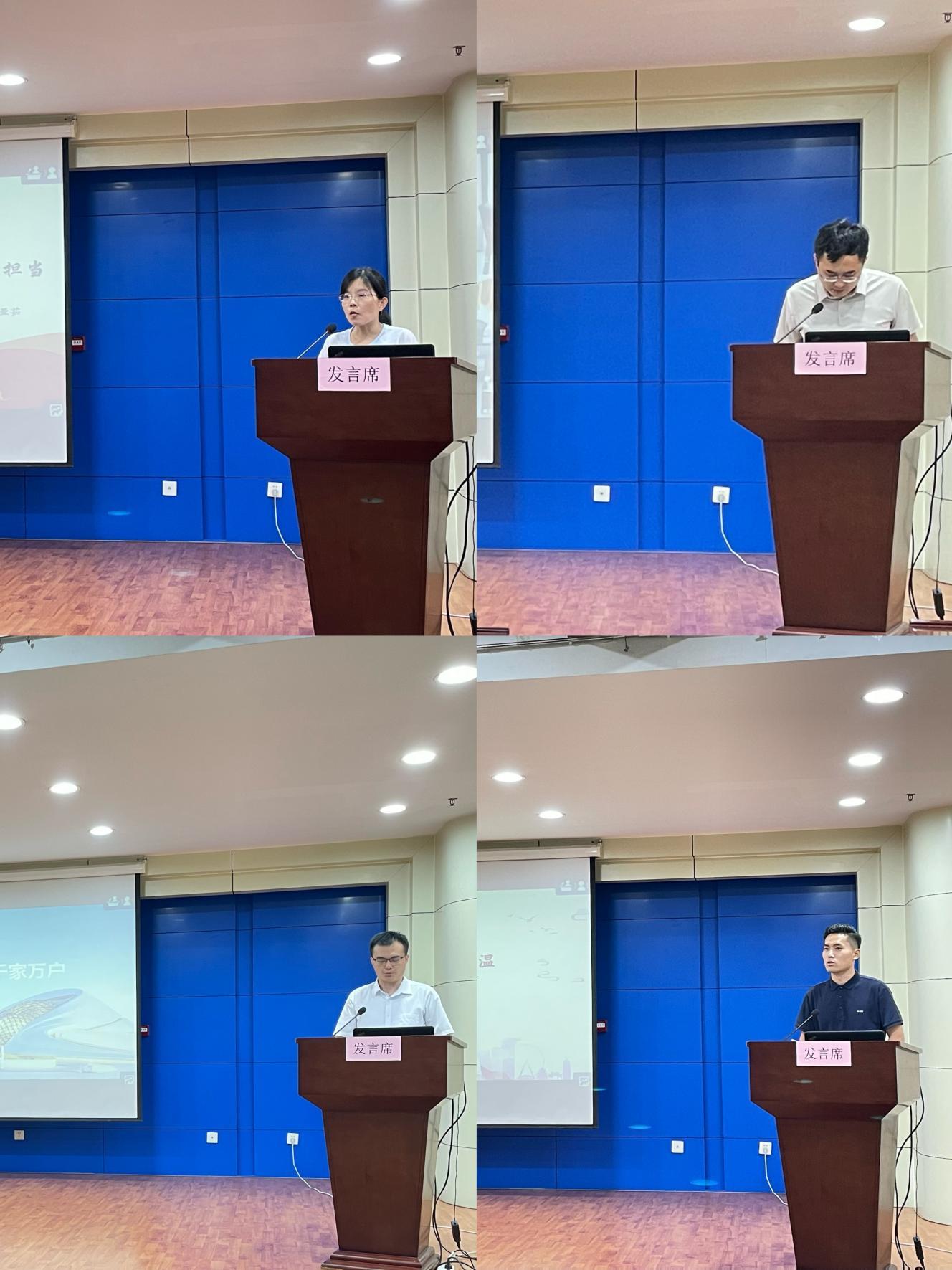
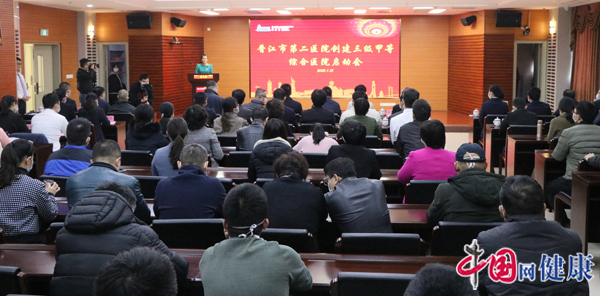
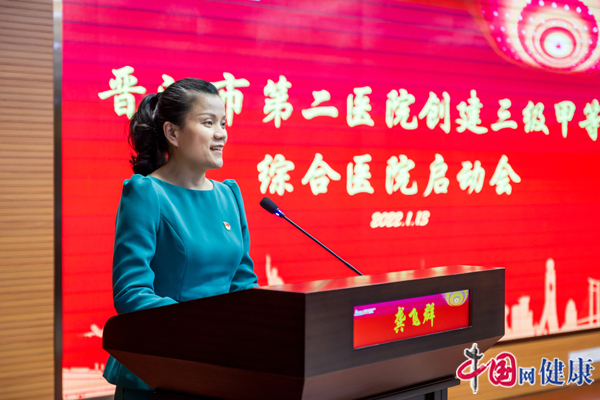
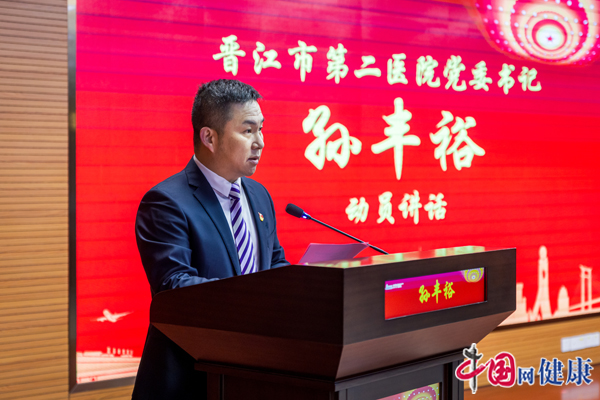
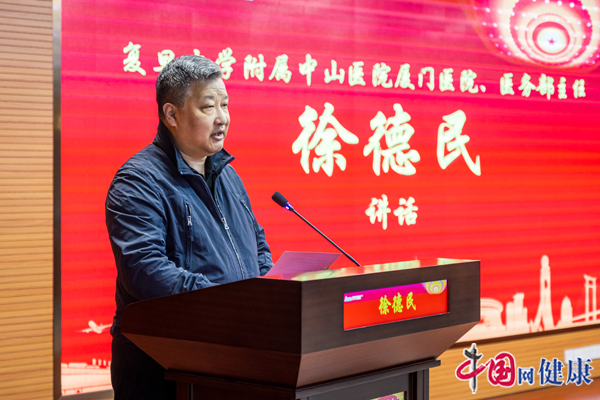
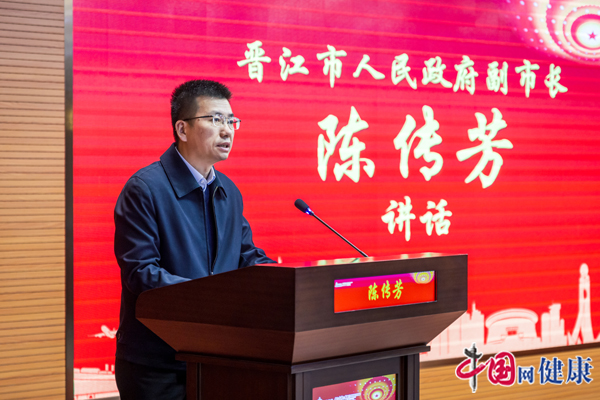
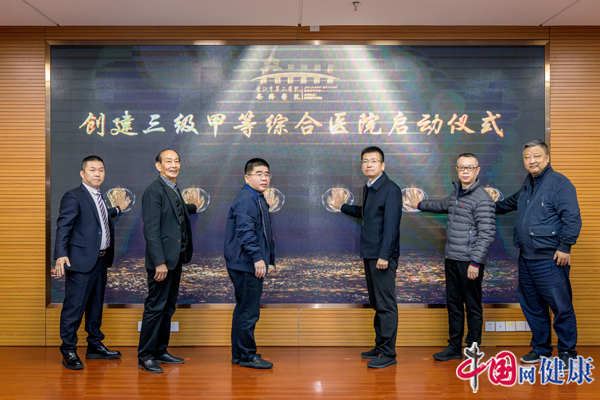
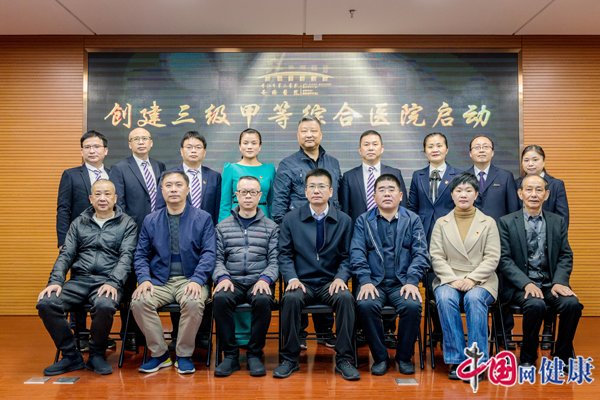
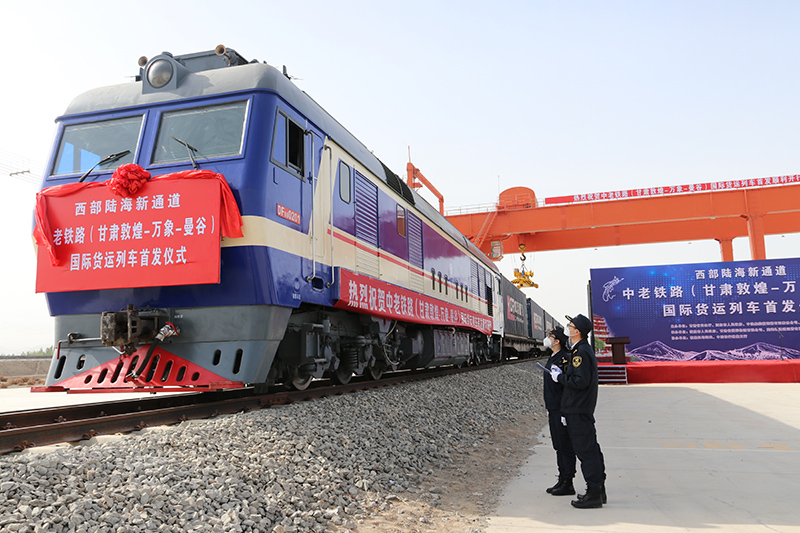
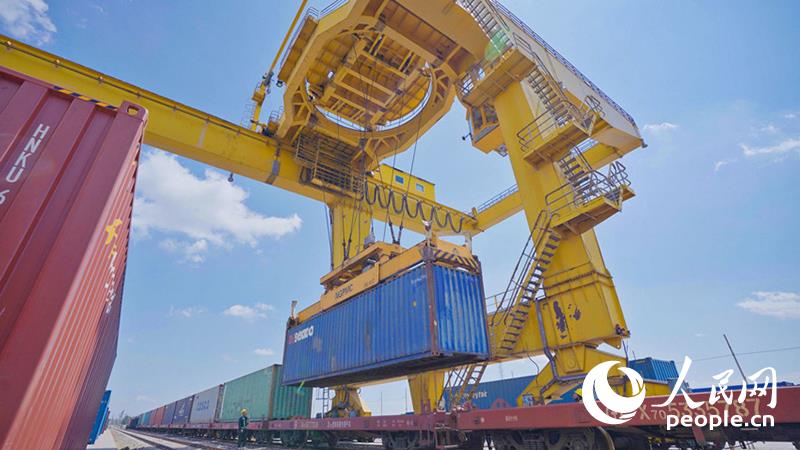
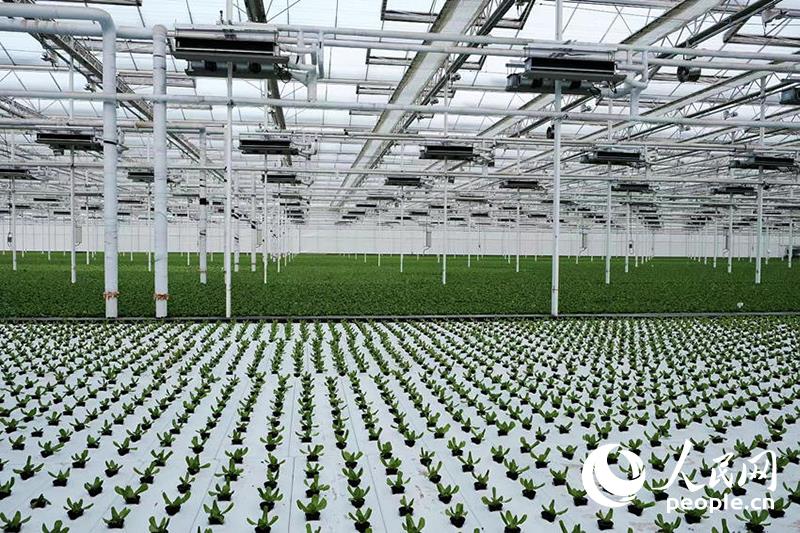
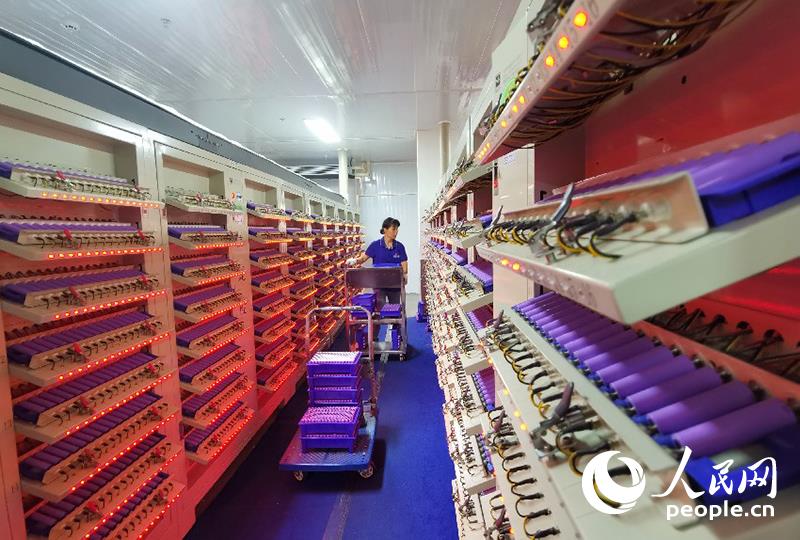


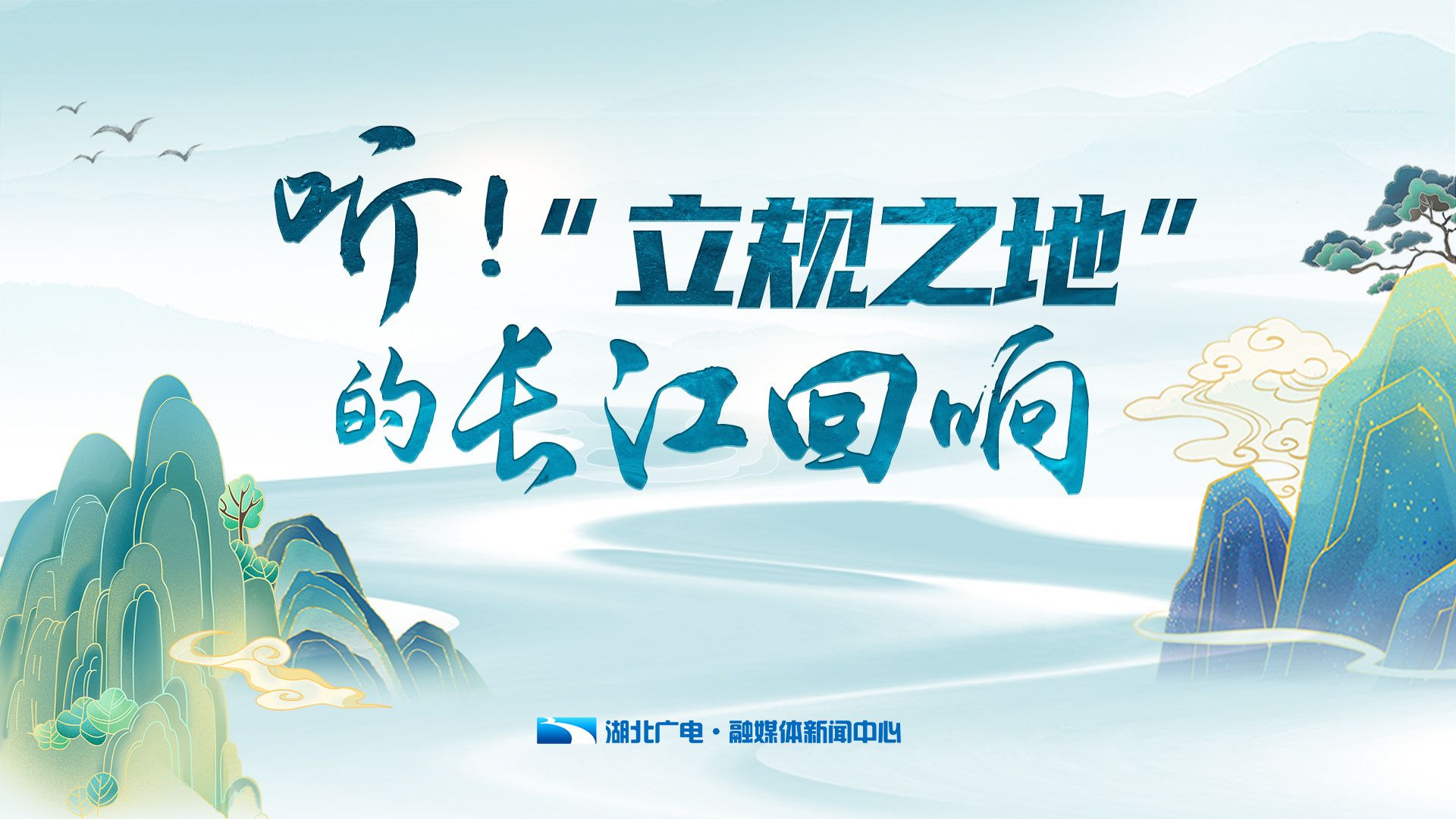
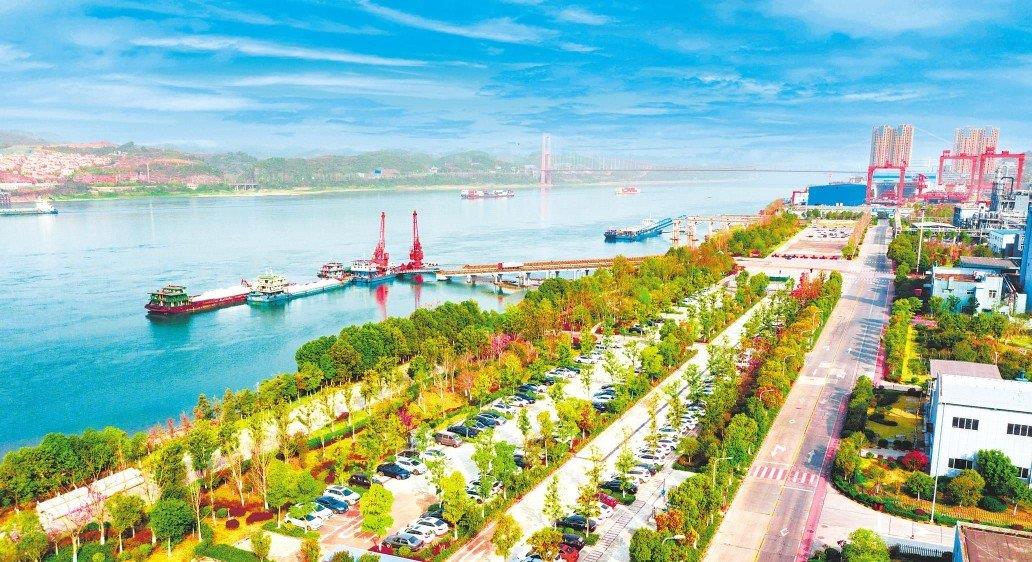
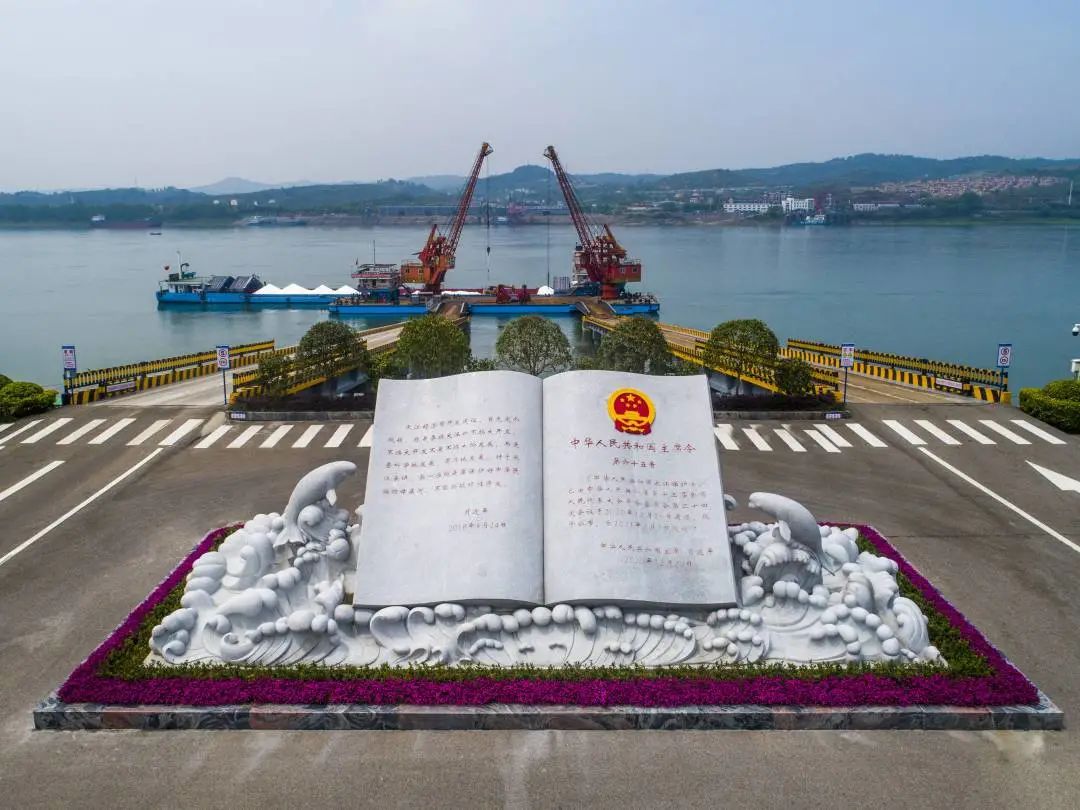
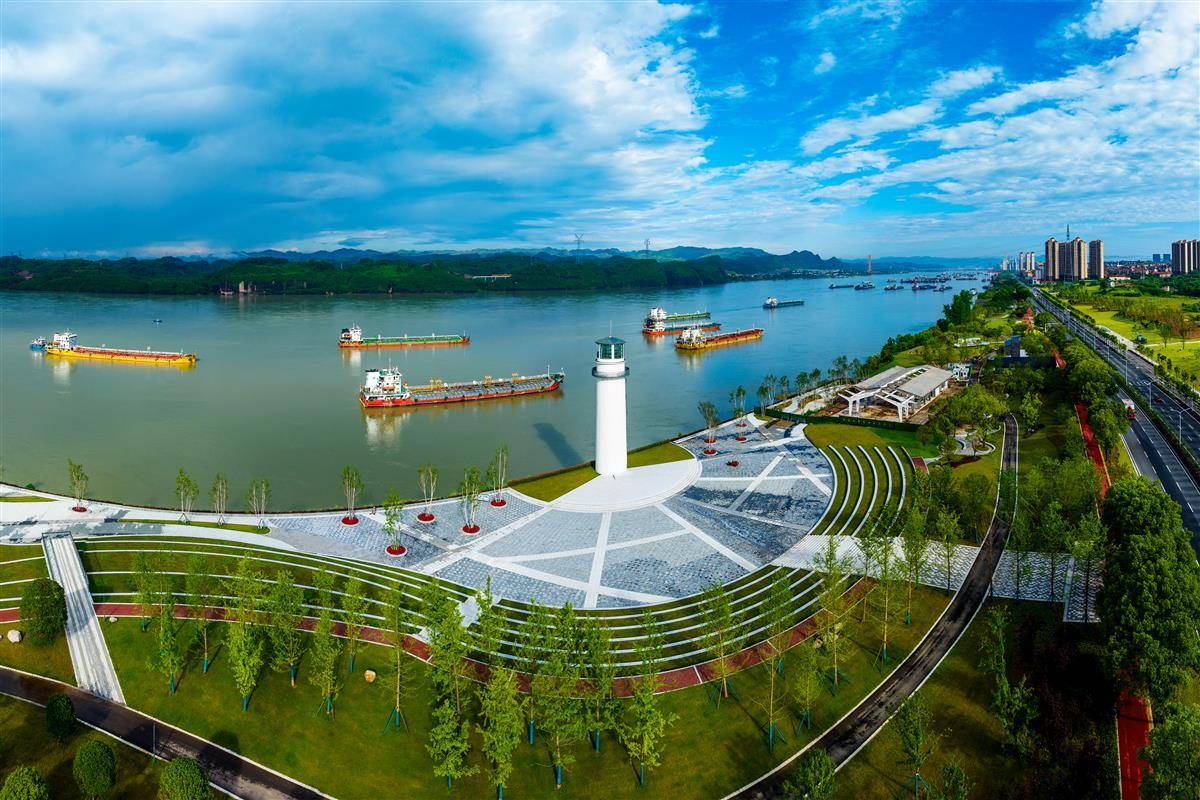
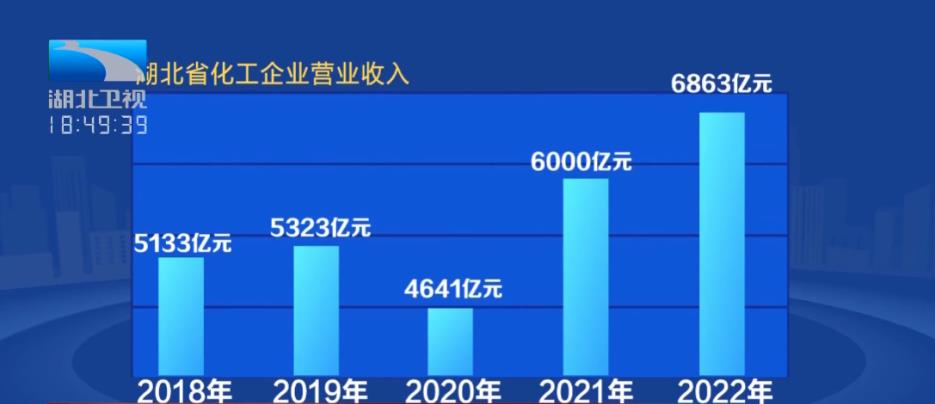
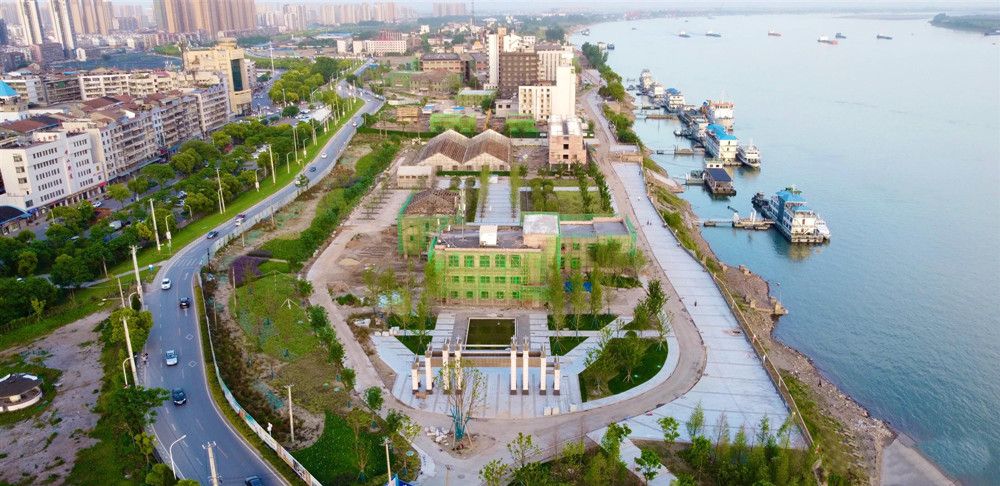
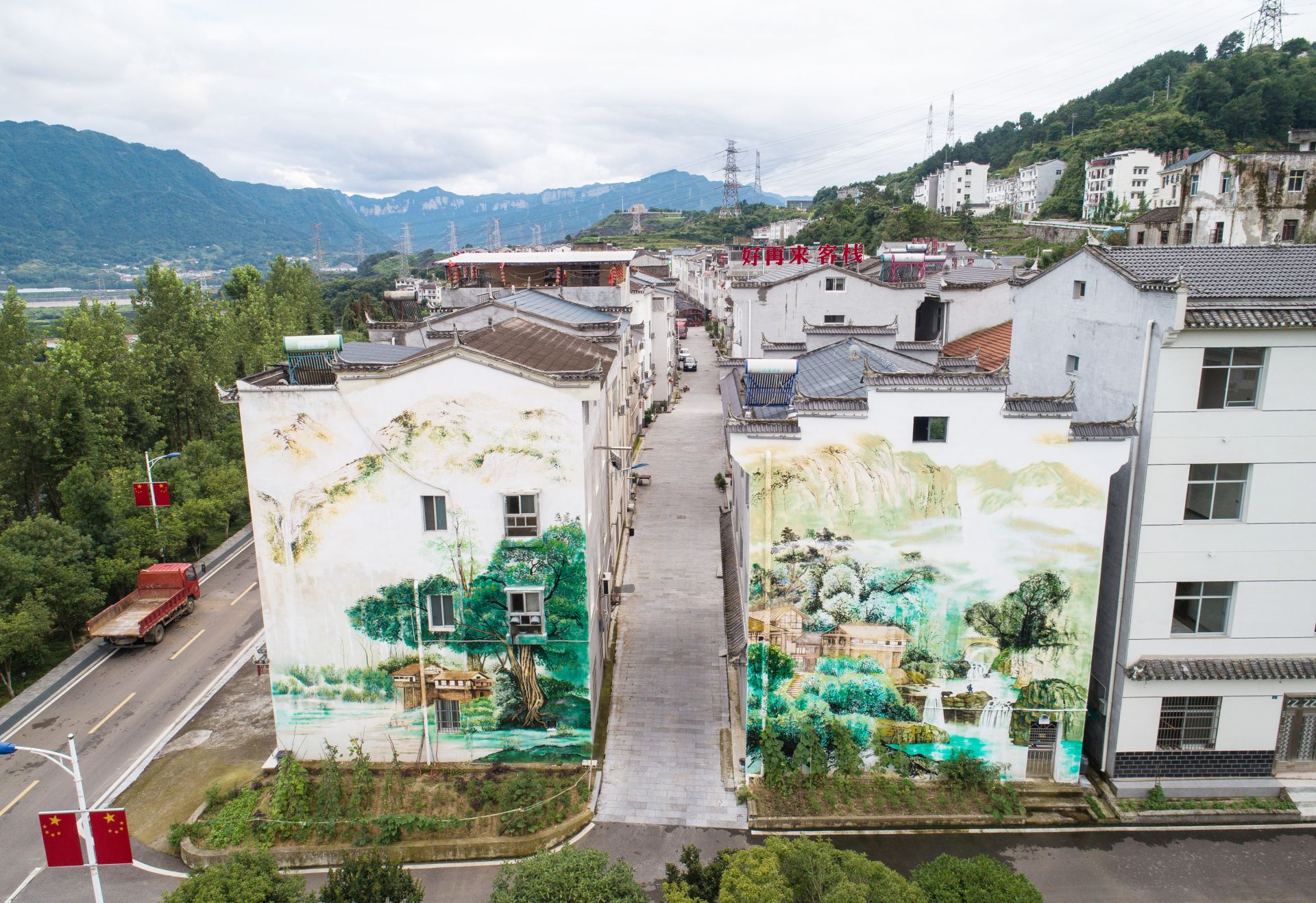
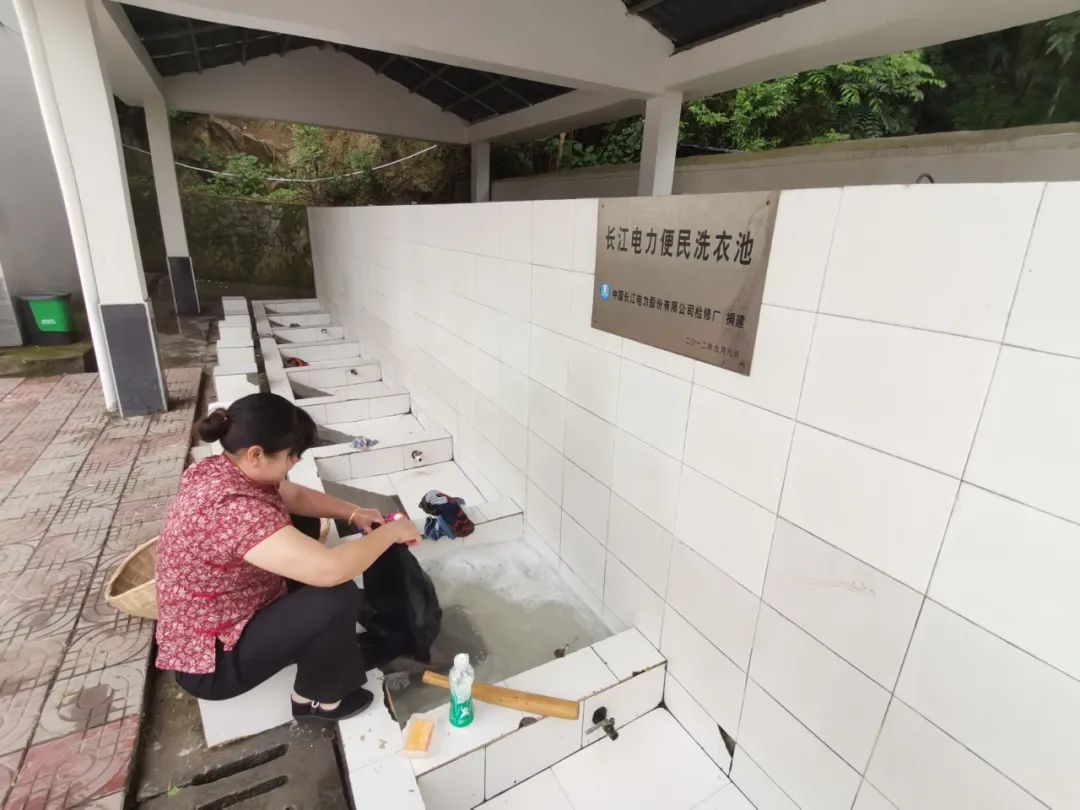
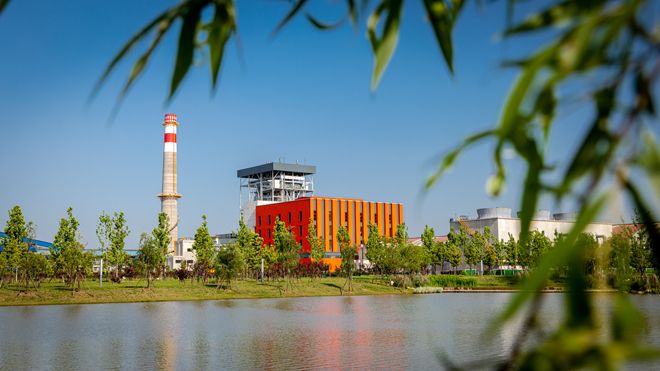
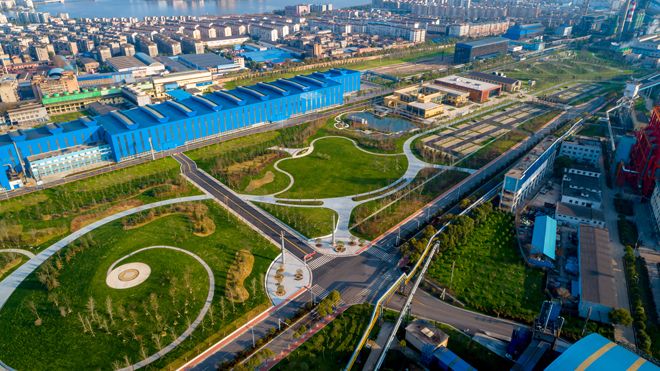
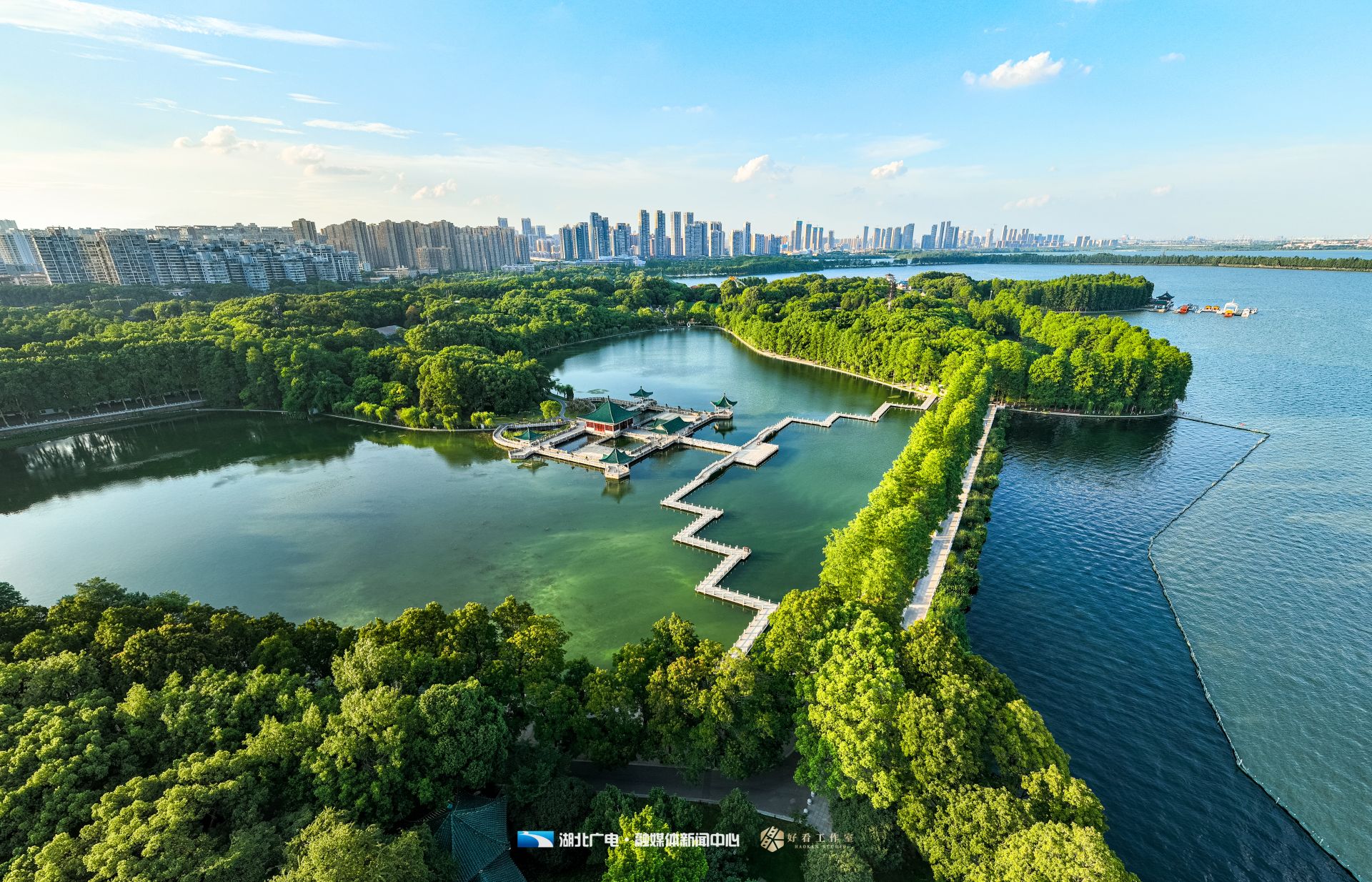
 In order to speed up the pace of trying first, on April 18, Hubei held a series of press conferences on the spiritual interpretation of the "Implementation Opinions on Accelerating the Construction of a New Development Pattern Pioneer Area in China". The reporter from Changjiang Cloud learned from the meeting that Hubei will resolutely stick to the bottom line of ecological security, and use 71 main indicators including 11 aspects such as comprehensive river basin management and green and low-carbon development as an important yardstick to measure the effectiveness of pioneering area construction.
In order to speed up the pace of trying first, on April 18, Hubei held a series of press conferences on the spiritual interpretation of the "Implementation Opinions on Accelerating the Construction of a New Development Pattern Pioneer Area in China". The reporter from Changjiang Cloud learned from the meeting that Hubei will resolutely stick to the bottom line of ecological security, and use 71 main indicators including 11 aspects such as comprehensive river basin management and green and low-carbon development as an important yardstick to measure the effectiveness of pioneering area construction.